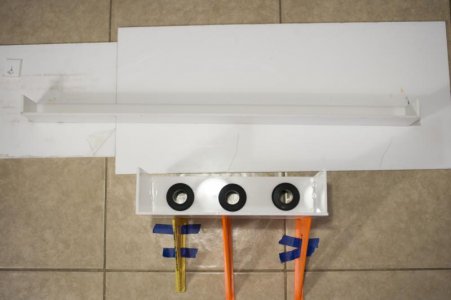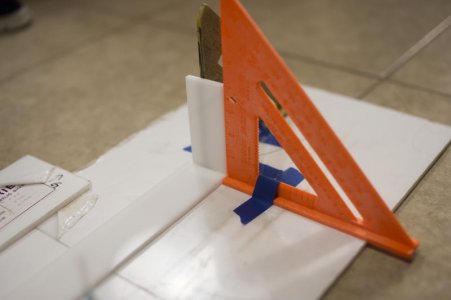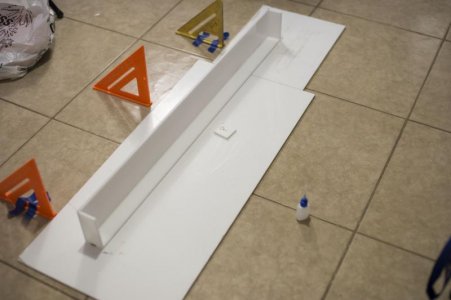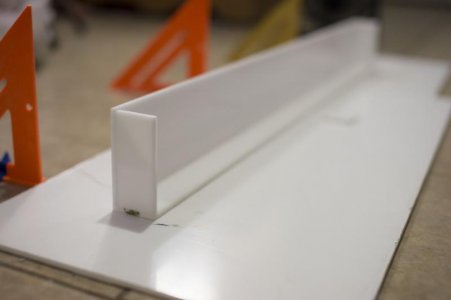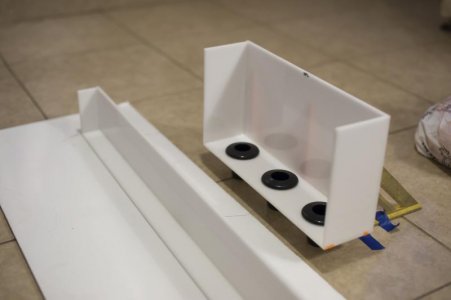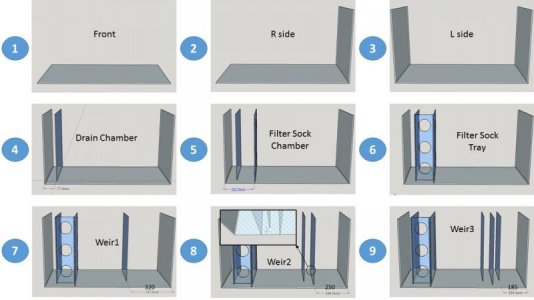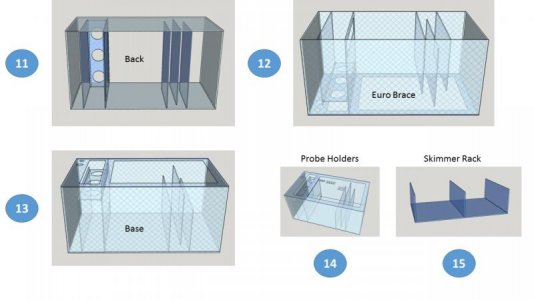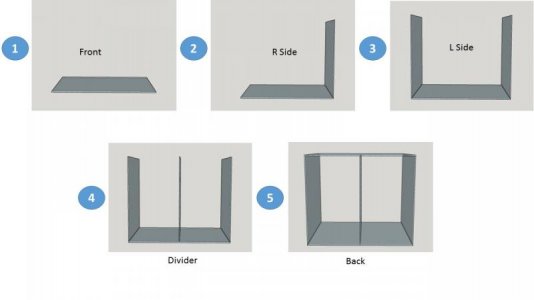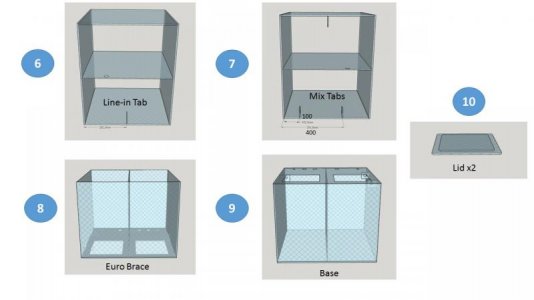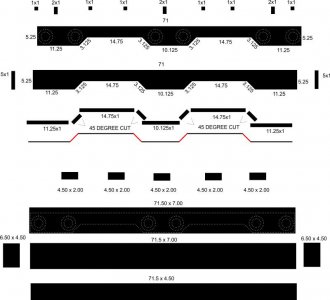Floyd R Turbo
Either busy or sleeping
Because you can't bond seams while they are vertical. All the solvent would run out. So if you bond the back to the bottom, now you have to simultaneously bond 2 perpendicular joints (back-end and back-bottom). Can't.
Bond both ends to back (or front)
Bond that assembly to front (or back)
Bond euro
Bond bottom
Go back and search my post in this thread for a detailed description of the process, I posted it earlier this year
Bond both ends to back (or front)
Bond that assembly to front (or back)
Bond euro
Bond bottom
Go back and search my post in this thread for a detailed description of the process, I posted it earlier this year



